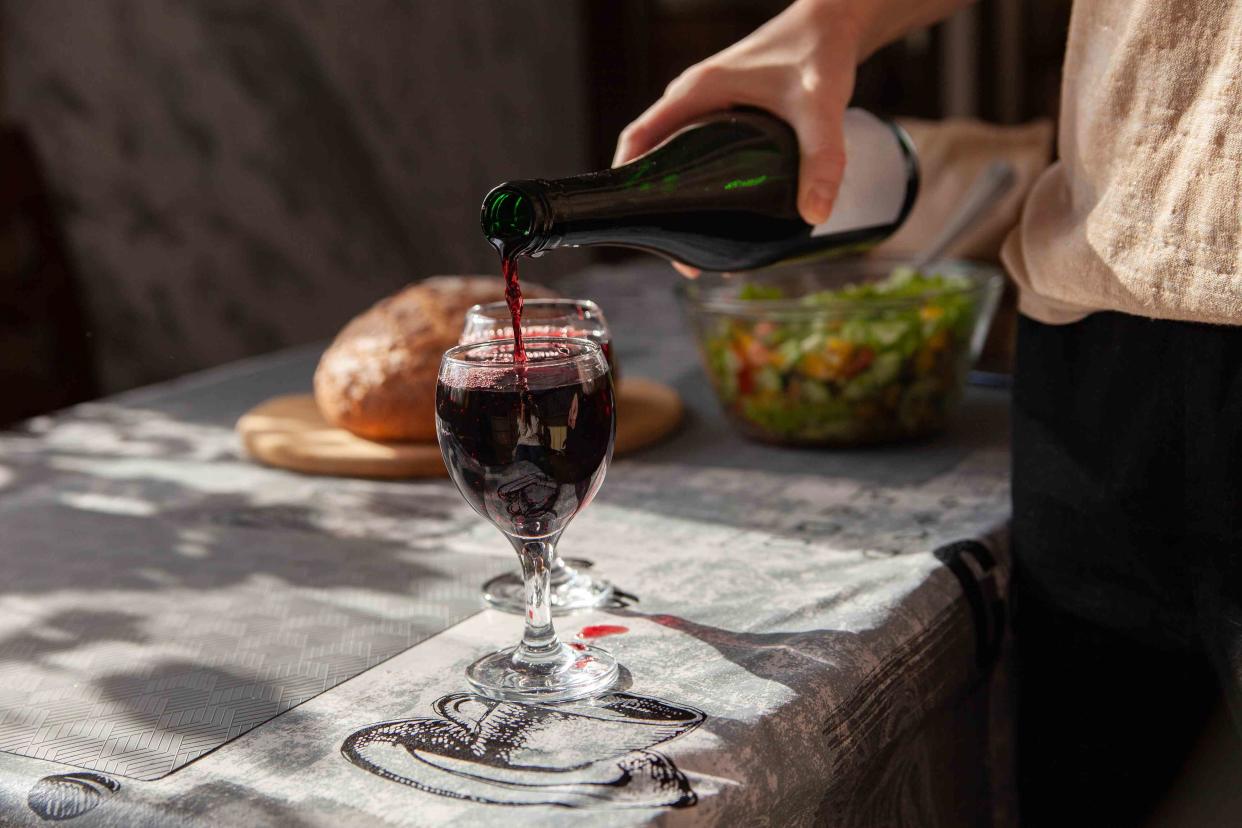Nero d'Avola: Everything You Need to Know
Full of tannins and notes of tobacco, black plums, and spice, Nero d'Avola is perfect for fans of Zinfandel and Cabernet Sauvignon.

Iuliia Isaieva / Getty Images
Although it’s only fairly recently that powerful, layered, and occasionally age-worthy Nero d’Avola-based wines have found their way to this side of the Atlantic, it has been one of the most important grapes in Sicily for a relatively long time. While the good stuff has only been exported in significant quantities for about 15 years, its history can be traced back to the ancient Greeks, who brought it to Sicily millenniums ago.
Where is Nero d’Avola grown?
Nero d’Avola takes its name from the town of Avola, in the Siracusa province of southern Sicily, where evidence indicates it’s been grown since the 1400s. Today, it can be found throughout Sicily.
What does Nero d’Avola wine taste like?
Because of the sheer volume of Nero d’Avola that’s planted and produced in Sicily, it is perhaps inevitable that wines made using this grape run a wide gamut of stylistic expressions. For a long time, Nero (as it’s often referred to in short) was a key component in red blends from Sicily, lending them structure and color.
Today, excellent single-variety wines produced entirely of Nero d’Avola have come to define the reds made from the grape. Nero is a rather tannic variety, and these wines tend to showcase power and structure and generally boast a notably dark color. The name itself translates to “black of Avola”, a nod to both the dark hue of the grapes and the resulting wine.
Given their power and tannic structure, Nero d’Avola wines appeal to fans of Cabernet Sauvignon, Zinfandel, and richer styles of Syrah. They often showcase aromas and flavors of plums, dark berries, tobacco, and spice. You might also find black licorice and minerality, especially if the wines aren’t over-extracted in the winery or aged in too much new oak.
As Nero d’Avola is a variety that does well in hot climates, alcohol levels in wines made using this grape can vary considerably, and occasionally reach relatively high levels–14% ABV and above are not uncommon to see, though lover-alcohol bottlings are easy to find, too.
What food does Nero d’Avola wine pair with?
Nero d’Avola is a versatile wine at the table. Its tannins allow it to work well alongside fat and protein: With a well-marbled steak seared on cast iron or the grill, it’s a home run. Its ripe fruit notes make it well suited to partnering with fruit-based sauces, especially when accompanying game meat.
Nero d’Avola is also excellent with caponata, in which case the balance between sweet raisins and savory capers permeated by eggplant and vinegar is a terrific match. It even does well alongside some not-too-sweet desserts: A chocolate chip-studded ricotta cannoli is wonderful to savor with a highly extracted glass of Nero d’Avola if you didn’t finish the bottle with your entree.
Nero d’Avola is a grape with a long history that only (relatively) recently has been on the radars of fine wine drinkers. It’s not just a testament to the quality that the variety is capable of, but also to the meteoric rise in popularity and accomplishment that the entire Sicilian wine industry has experienced.
For more Food & Wine news, make sure to sign up for our newsletter!
Read the original article on Food & Wine.






